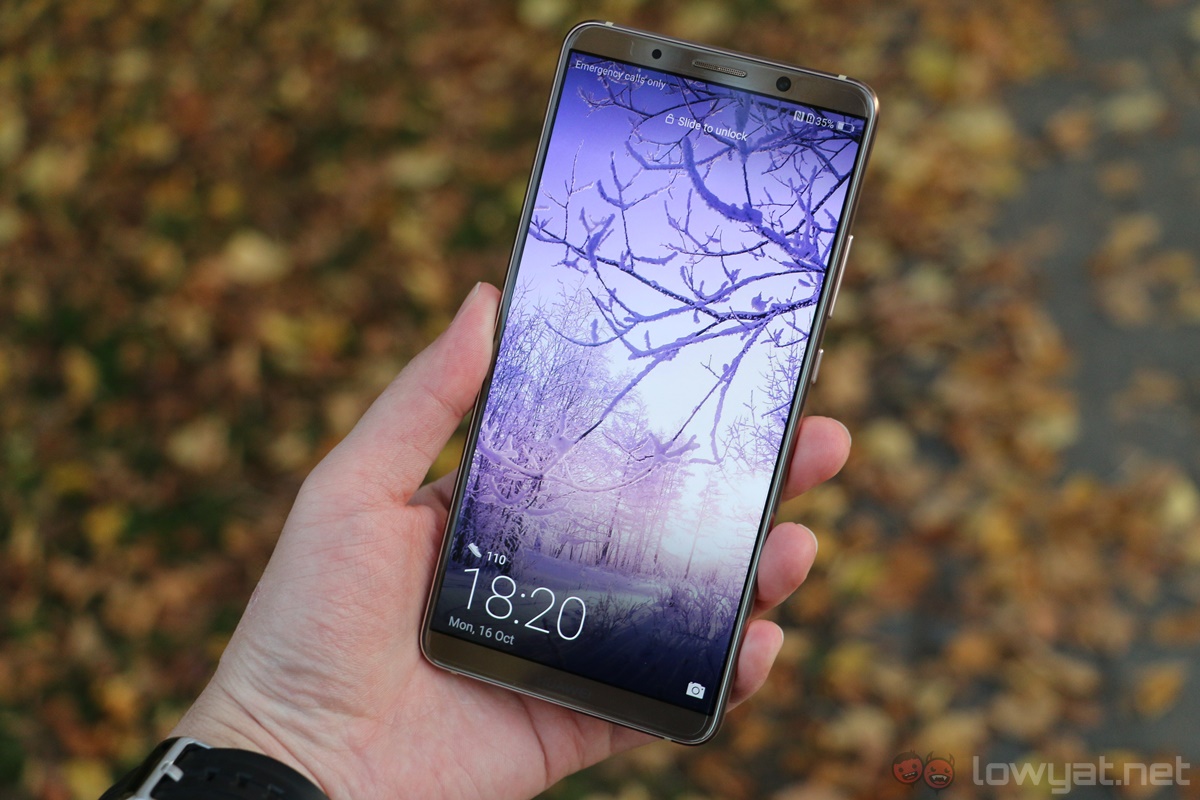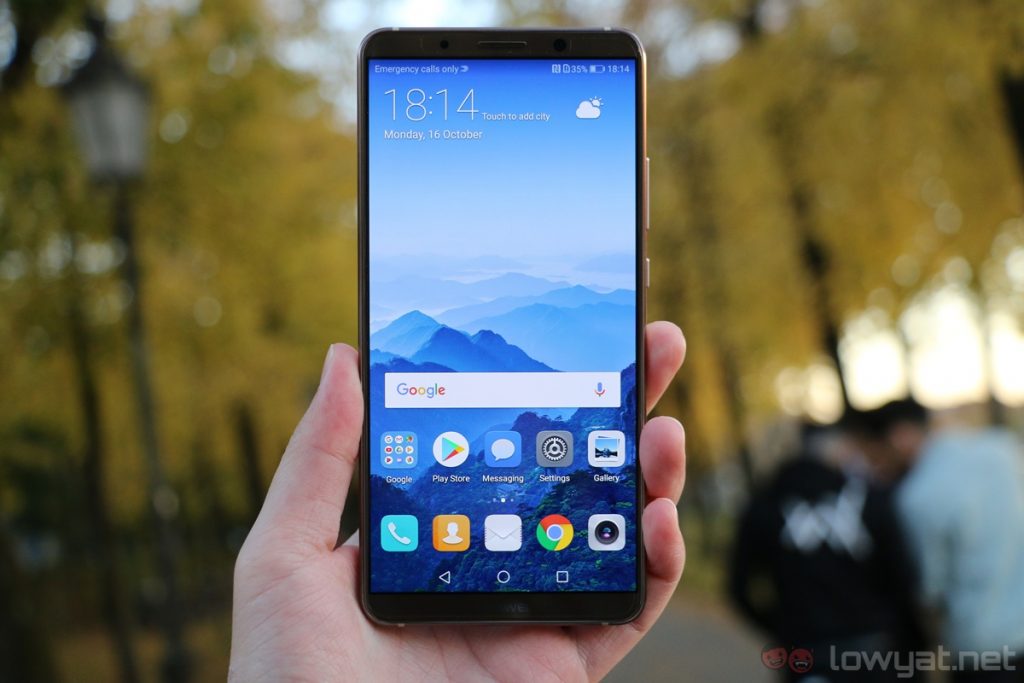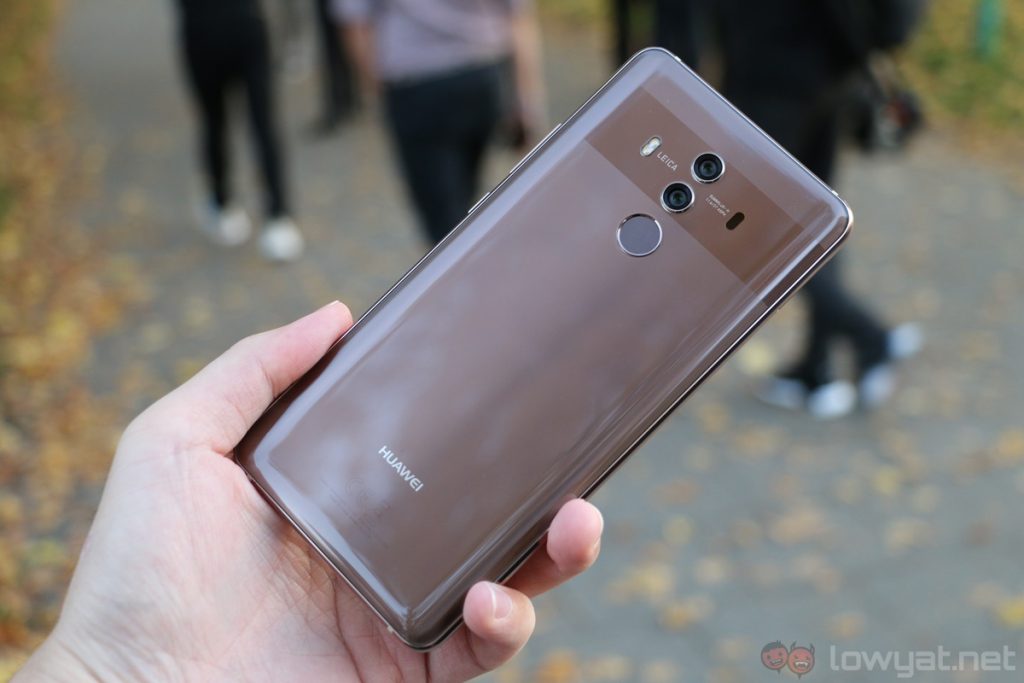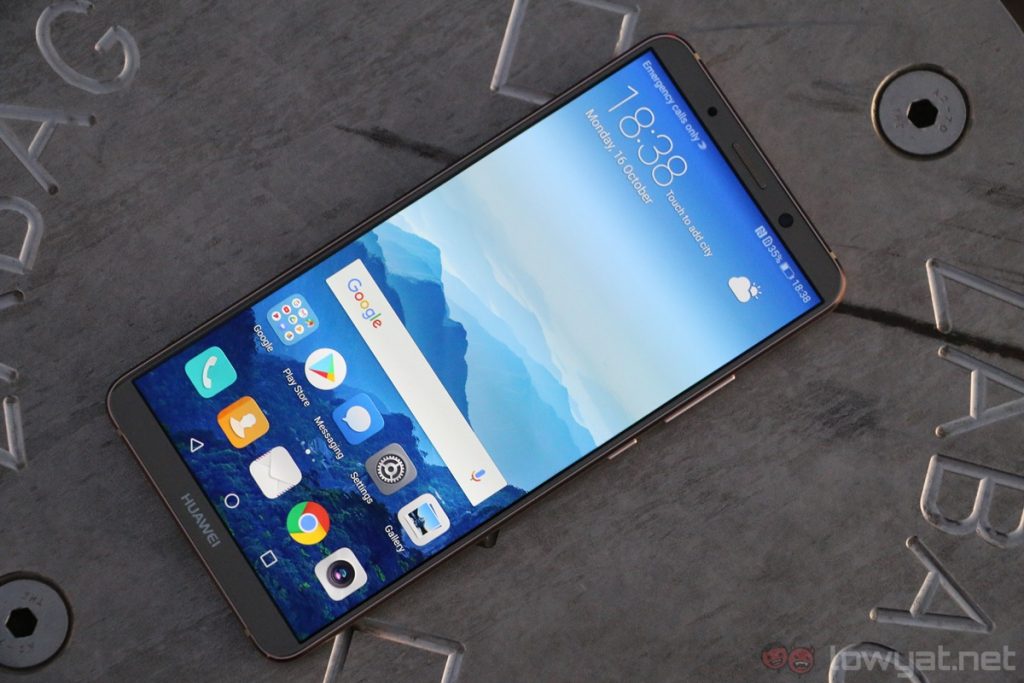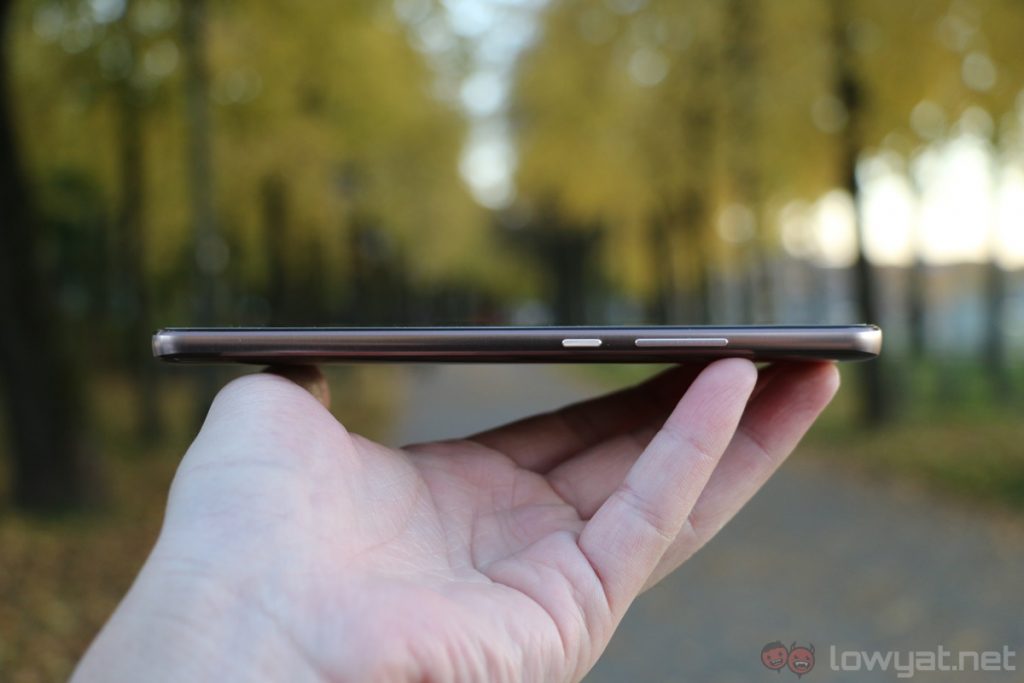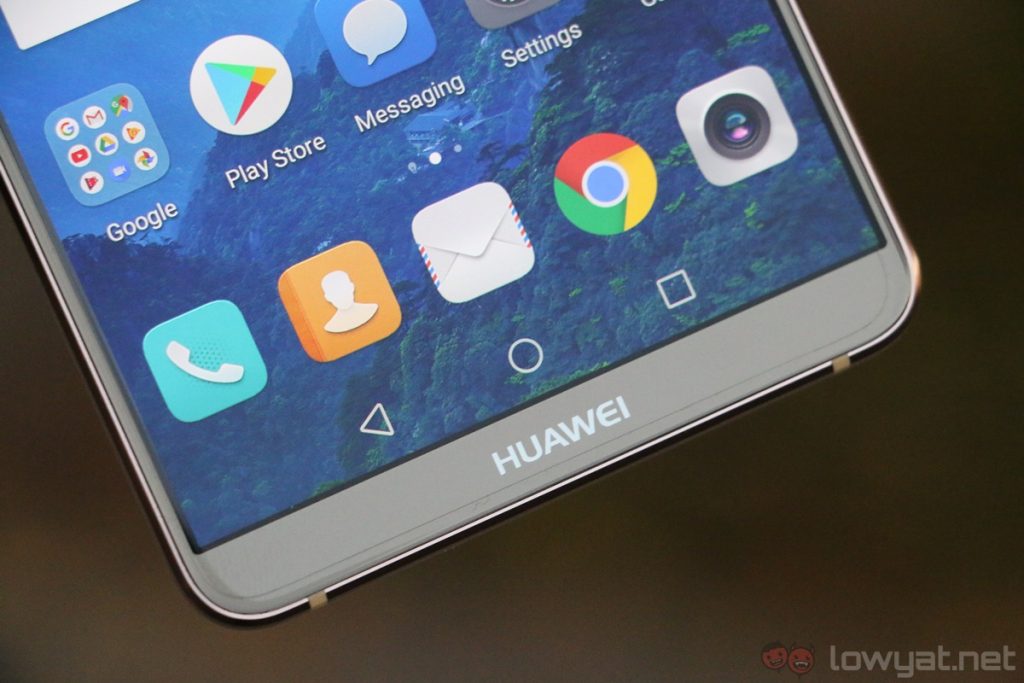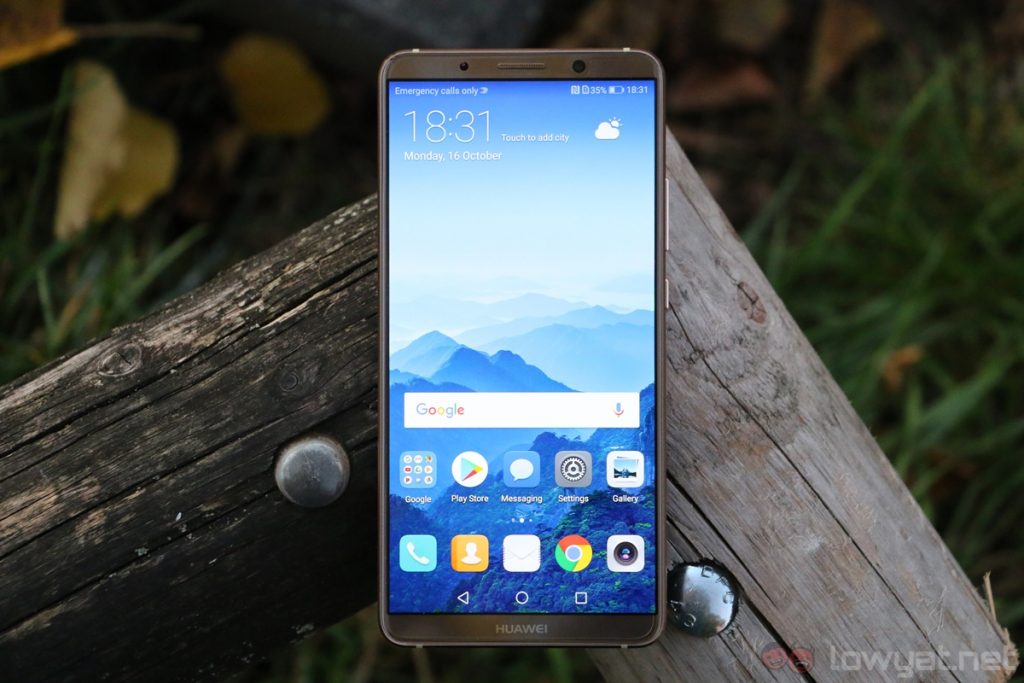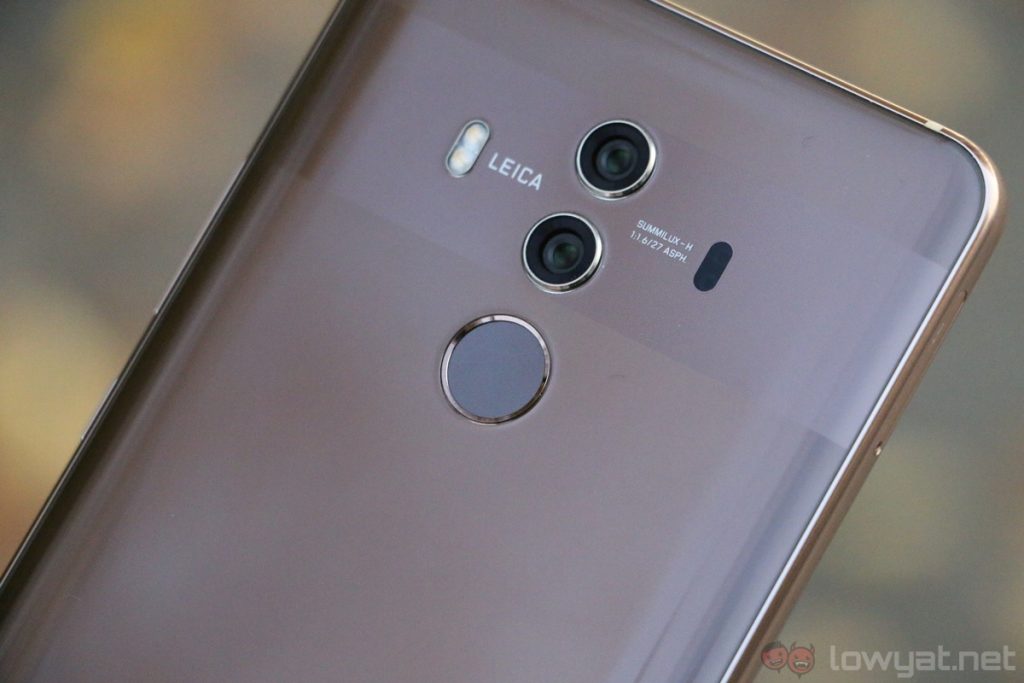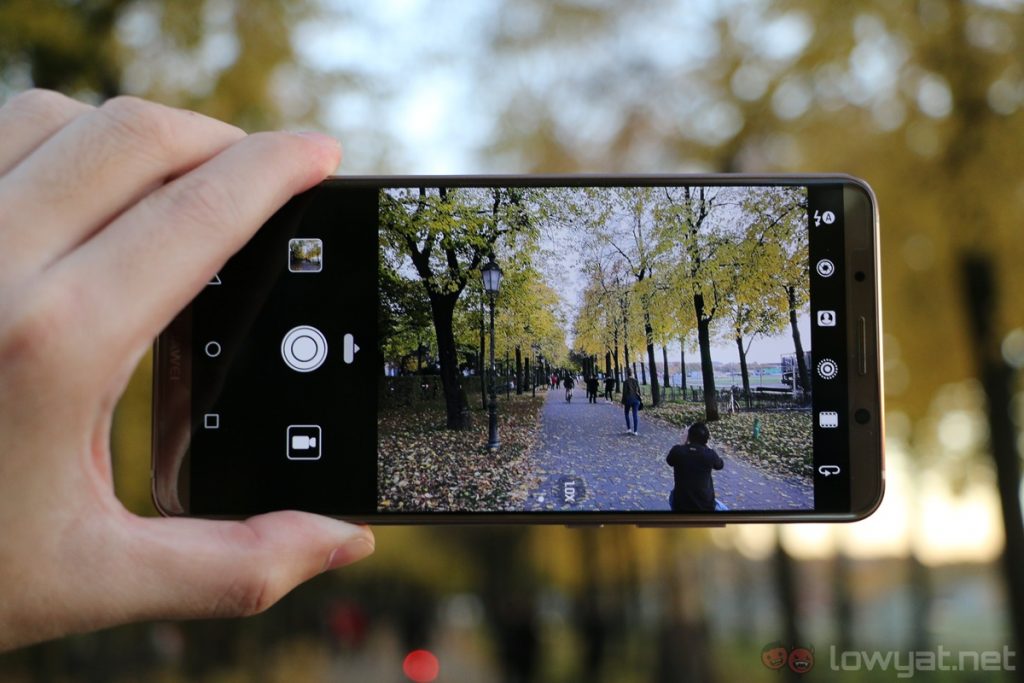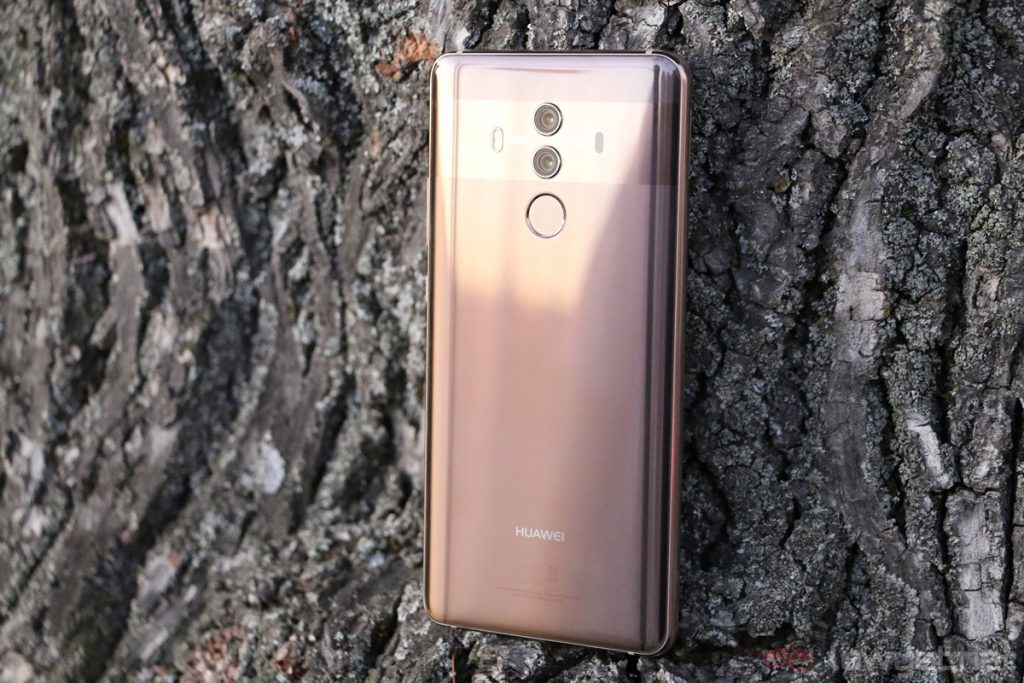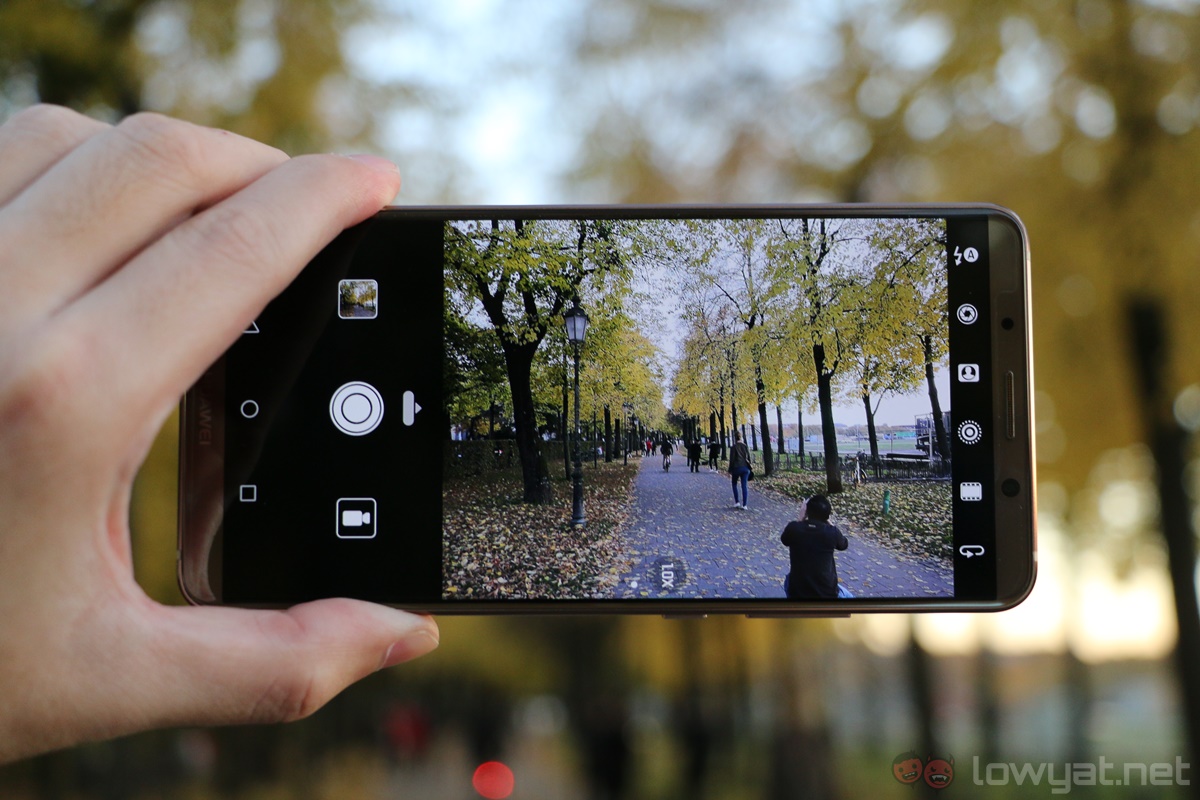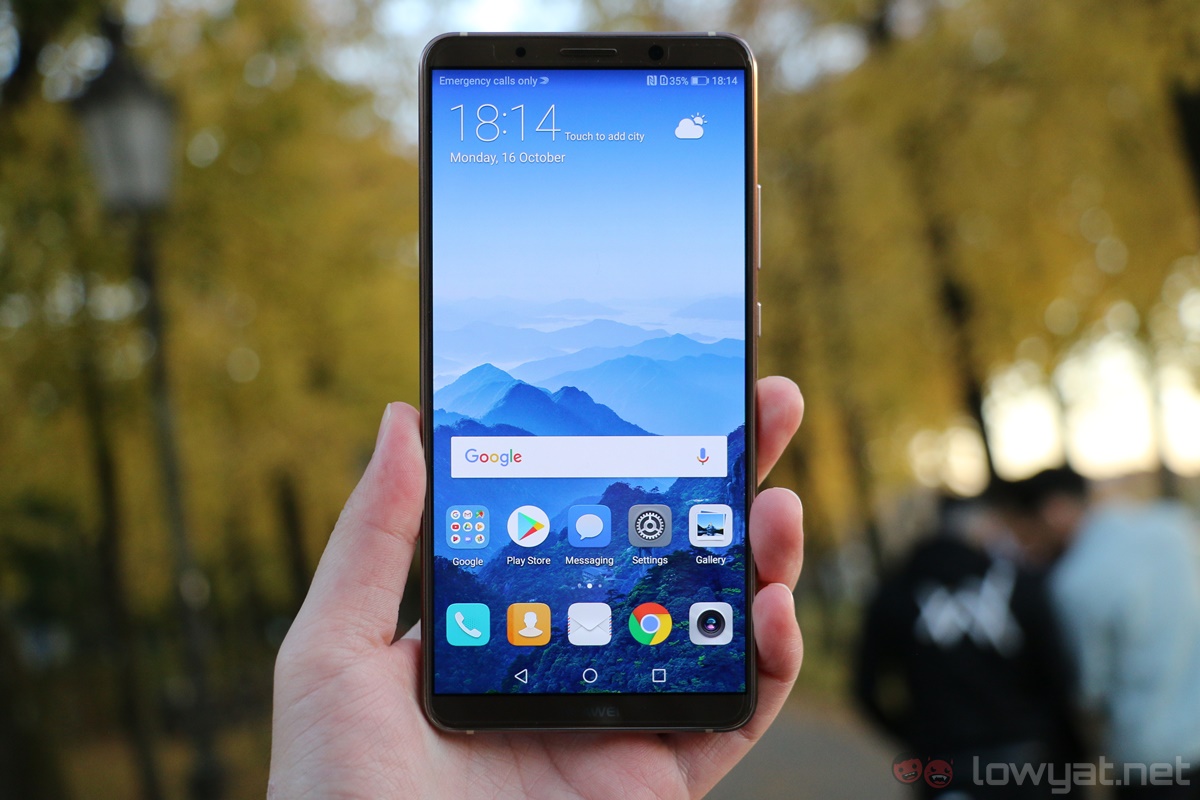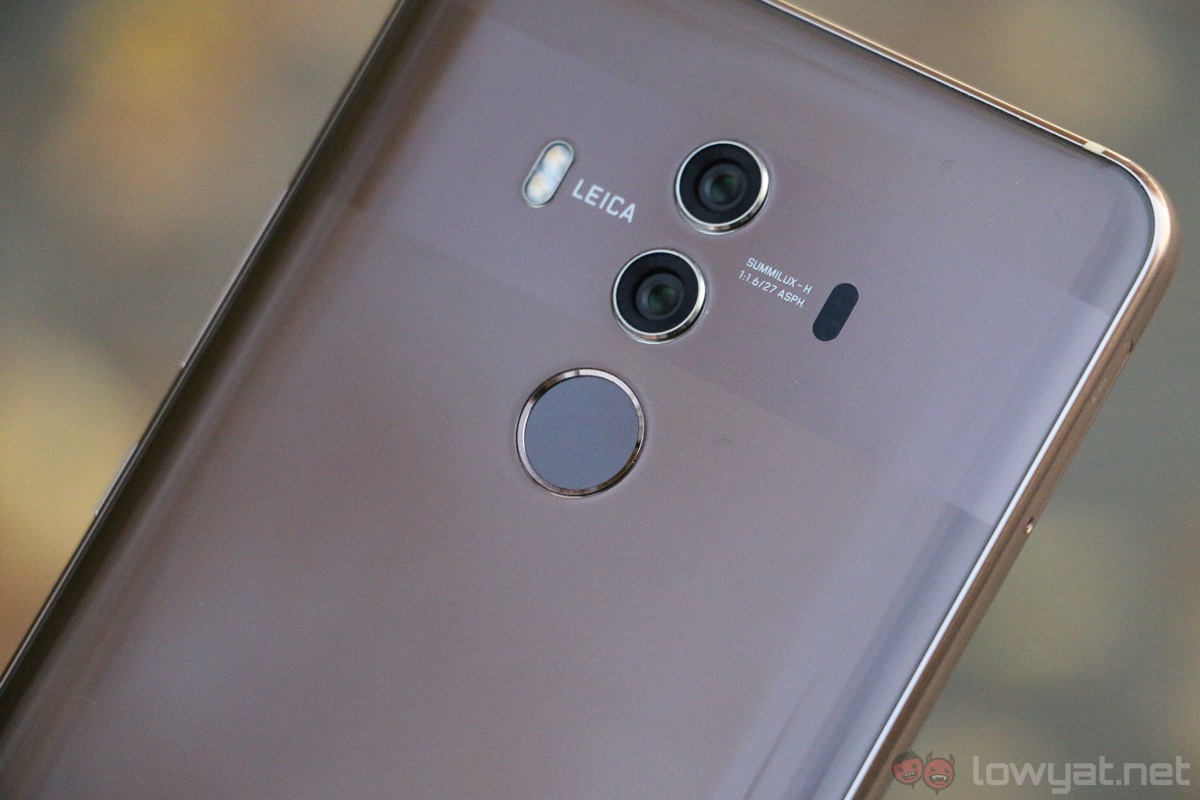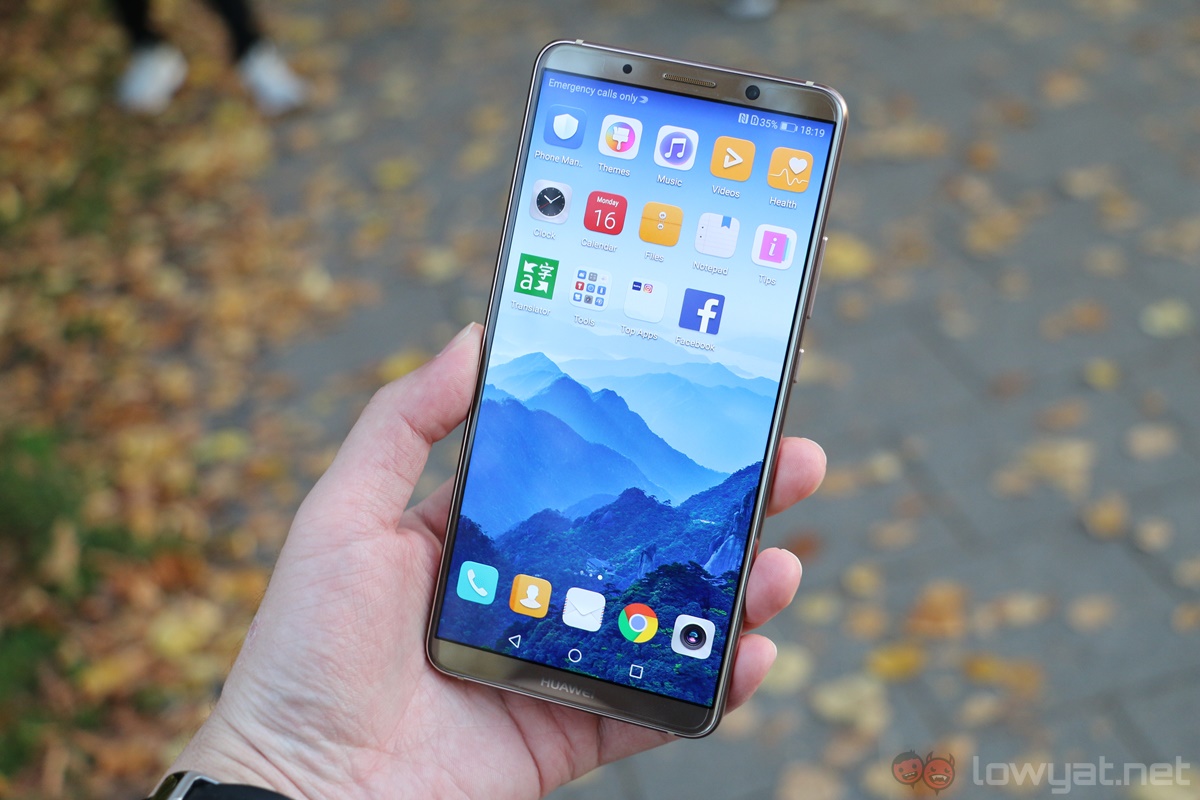Huawei’s highly anticipated Mate 10 series is finally here. Out of the two devices, the Mate 10 Pro is naturally the more exciting one. In fact, it’s really the flagship smartphone Huawei should have released a long time ago.
After spending a brief time with the Mate 10 Pro, it is easily Huawei’s most refined and practical smartphone yet. If priced right, it could be a winner for the Chinese company.
First up, specifications. Although the Mate 10 Pro is positioned as a more premium variant of the Mate 10, both devices have pretty similar hardware. These include Huawei’s latest Kirin 970 chipset, a new Leica-certified dual-camera system with an impressive f/1.6 aperture – on both sensors, no less – as well as a similar design language.
Of course, there are a couple of notable differences between the two devices. Unlike the standard model, the Mate 10 Pro is IP67-rated; it’s Huawei’s first water- and dust-resistant smartphone. Aside from that, the Mate 10 Pro also comes with a taller and narrower 18:9 2160 x 1080 display, although it’s not quite as pixel-dense as the Mate 10’s 16:9 1440p display.
That being said, it’s worth mentioning that the Mate 10 Pro has a more vibrant and power-efficient OLED display; the standard Mate 10 comes with a more conventional LCD display. Despite the lower resolution, I imagine most consumers – myself included – won’t notice the difference. The Mate 10 Pro’s display still looks mighty vibrant with very punchy colours, and it’s definitely sharp enough for comfortable daily use.
In comparison to its predecessor, the Mate 10 Pro definitely looks and feels more premium too. Thanks to the glass and metal design – in contrast to the all-metal body of the Mate 9 Pro – it feels more comfortable to hold. There’s also the “signature stripe” across the camera lenses, which gives the Mate 10 Pro a rather unique aesthetic.
Just like many noteworthy and sleek flagship smartphones released this year, the Mate 10 Pro boasts very minimal bezels with an 18:9 display. Not only does this reduce the overall footprint of the device, it’s also quite easy to use with only one hand thanks to the taller and narrower aspect ratio. Of course, there’s also no denying how good the phone looks with so little bezels.
Design aside, the Mate 10 Pro’s Kirin 970 chipset also brings a number of improvements. Thanks to the SoC’s NPU – that stands for Neural Processing Unit – the Mate 10 Pro can perform offline image and text translation pretty quickly. All of the translations are done with the Microsoft Translator app, and while virtually any Android smartphone can download it from the Google Play Store, the app will perform better on the Mate 10 Pro courtesy of the NPU.
In my testing, the offline translation does work quite seamlessly. It doesn’t take too much effort for the Mate 10 Pro to recognise what I want to translate, and what’s even more impressive is just how quickly it does so. I took a quick shot of the phone’s spec sheet with the Mate 10 at the launch event, and it only took about five seconds for the device to do the translation; impressive.
And then we have the new Leica-certified dual-camera system. While it’s still a similar 12MP RGB + 20MP monochrome sensor setup found on the Huawei P10 smartphones, there’s a major improvement here: both sensors now come with large f/1.6 apertures. This makes the Mate 10 Pro – and the Mate 10 – the second smartphone with such a large camera aperture after the LG V30.
So how does the camera perform? Well, it’s promising. While I wish the camera app would be more responsive and zippy, I can take some really, really good-looking shots with the device; even in low light conditions. Evidently, the large f/1.6 aperture is working its magic here, but until I took more pictures with the Mate 10 Pro, I can’t say for sure just how good the camera is yet.
Again, it’s a very promising shooter, that much I’m sure.
The Huawei Mate 10 Pro is through and through a flagship smartphone. Not only is it Huawei’s first water-resistant flagship smartphone (finally), it is also arguably the company’s most well-designed smartphone yet. It has a vibrant 18:9 OLED display, an almost bezel-less design, as well as premium glass and metal construction.
However, there are still quite a number of unknowns with the Mate 10 Pro. Its camera performance, battery life, and overall user experience can only really be put to the test in a full review, and I’m pretty darn eager to put it through its paces. After all, this is really Huawei’s most refined flagship yet.
Huawei has been pretty aggressive with its pricing in recent times, and it’ll be very, very interesting to see how much the company will price the Mate 10 Pro at. So far, we’re only told that it will be even more affordable than its predecessor, which was priced at RM3,399 at launch. With the right pricing strategy, I reckon the Mate 10 Pro can give other flagship smartphones a good run for their money.
Follow us on Instagram, Facebook, Twitter or Telegram for more updates and breaking news.


